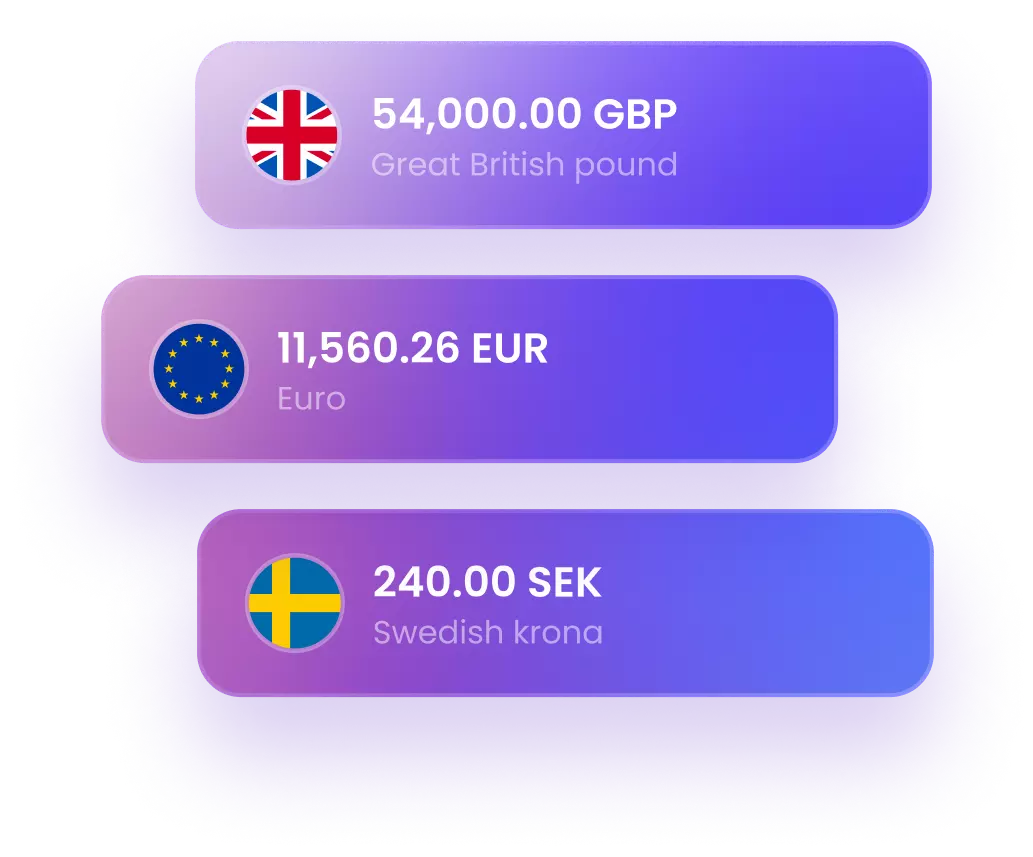Key benefits for merchants and customers
Open Banking is changing the financial industry by increasing accessibility, fostering competition and providing personalised and innovative financial services.
How Open Banking payments work?
Open banking supported countries
 Great Britain
Great Britain Sweden
Sweden Germany
Germany Latvia
Latvia Belgium
Belgium Italy
Italy Spain
Spain Poland
Poland Austria
Austria Bulgaria
Bulgaria Denmark
Denmark Estonia
Estonia Ireland
Ireland Norway
Norway Luxembourg
Luxembourg Lithuania
Lithuania Finland
Finland Romania
Romania France
France Netherlands
Netherlands Hungary
Hungary Portugal
Portugal Czech Republic
Czech RepublicWhy exactly®?
Chargeback prevention
The advanced chargeback alert and analytics system continuously watches all transactions and helps protect your business
High security standards
Access to your merchant account management system via a two-factor authentication to protect from any potential break-ins
Fast integration
Choose an integration type that fits your business needs and start accepting payments immediately
24/7 technical support
Tailor the payment page according to your brand design to be able to provide a truly seamless payment experience
Custom feature stack
You say, we listen. On-demand feature development to widen your business opportunities
Real-time reporting
Get instant access to key financial information in real-time



